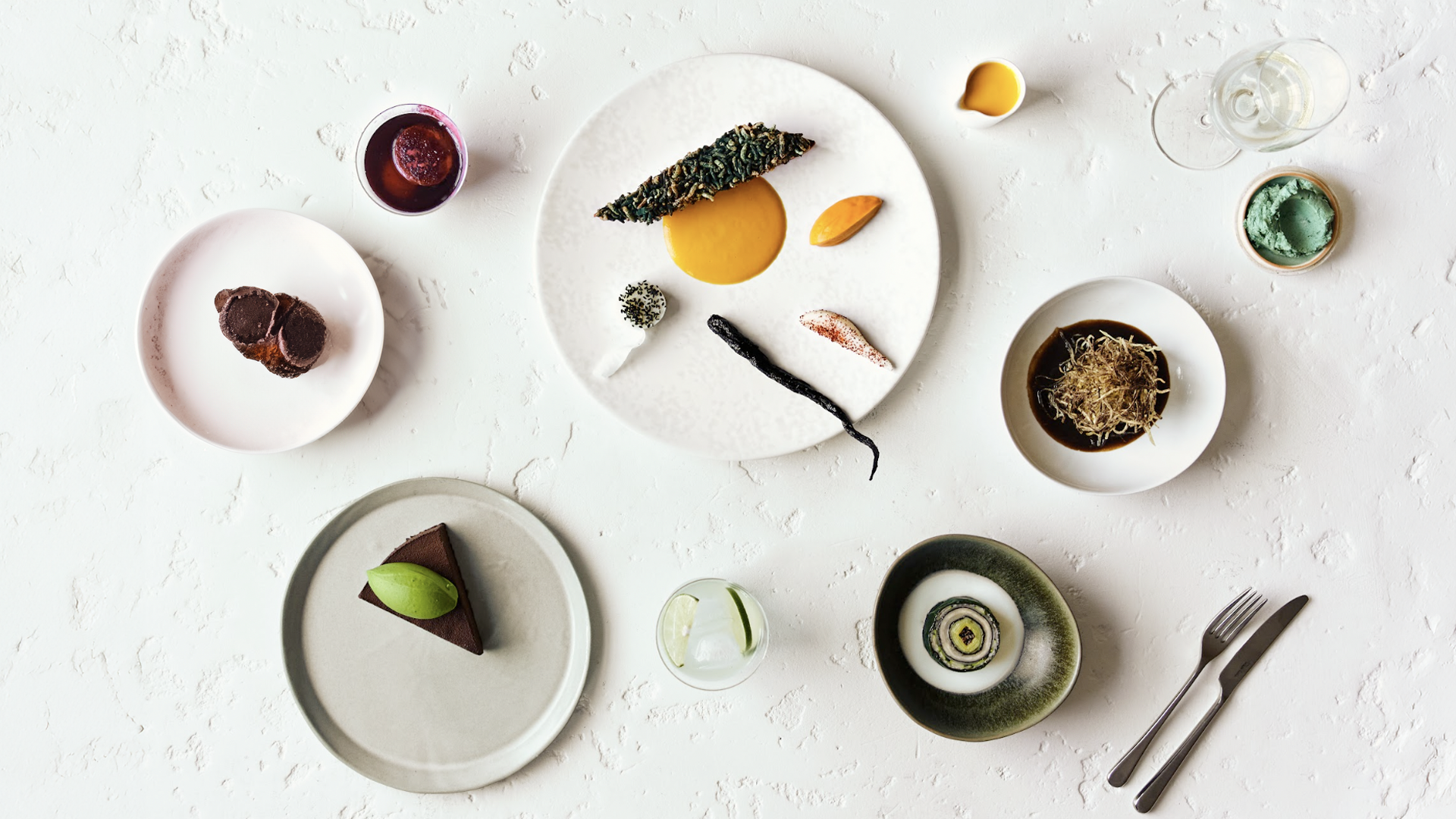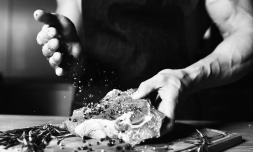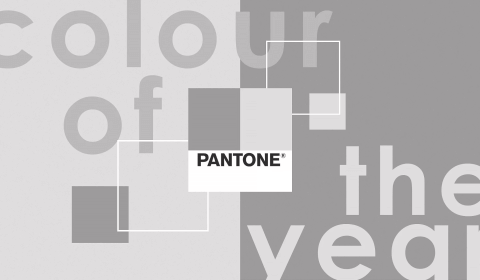I can’t help but wonder whether London’s most fashionable way to eat is leaving us full of regret and not much else.
In London’s ever-expanding constellation of small plates restaurants, you’re not really here to eat. You’re here to experience. To share. To marvel at the micro greens. To spend £48 on what amounts, practically speaking, to a deconstructed sandwich served on artisan crockery.
The rise of small plates in London – and in just about every other city that thinks a filament bulb counts as interior design – has quietly transformed how we dine. What was once the domain of tapas joints and izakayas has been rebranded as something sexier: progressive, convivial, culinary foreplay.
Sharing is caring, we’re told. And yet, somehow, it always ends with someone stabbing the last anchovy fritter while you contemplate a post-meal kebab.
You’re often handed a minimalist menu printed in a font that costs more than your starter. The waiter advises ordering “three to five plates per person, depending on how hungry you are.” (translation: six plates per person if you’re remotely peckish and north of £100 if you want to make it to dessert), and when the food arrives, each item is so modest in portion that your dinner companions begin the ritualistic parsing of bites.
It is a kind of edible diplomacy that requires far more social navigation than should be necessary for a meal out.
Small plates have their defenders, and I’d even go as far to say that they can (on occasion) be done well. One standout benefit of this dining style is the variety it affords you. I’ll admit I’m often the annoying diner paralysed by choice when eating out, and the option to have a little bit of everything is always appealing.
Little portions can also be a great choice when you want a lighter meal to accompany cocktails or as a pre-night-out stomach-lining routine. The problem is that these kinds of restaurants are usually incredibly expensive relative to the amount of food you actually end up eating.
Somewhere along the way, small plate restaurants also became more concerned with aesthetics than diners appetites. Writing for The Guardian, Imogen West-Knights captured her complicated relationship with these tiny mouthfuls by tracking their humble origins and subsequent gentrification.
‘Correctly or not, most observers trace the rise of small plates in the UK to one restaurant: Russell Norman’s Polpo, which opened in Soho, London, in 2009.’
Post the financial crisis of 2008, this concept of eating small and getting in and out of the restaurant quickly (which also helped venues ensure a higher turnover of visitors and thus more profit), was the right trend at the right time. But now, West-Knights observes, ‘affordability is not something most people associate with small plates.’




















